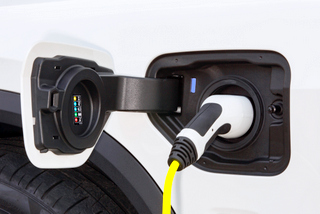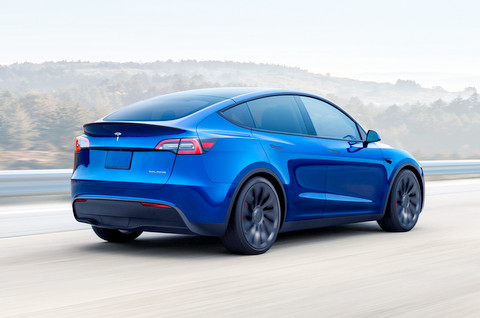What You Have to Know About EVs Catching Hearth
After Hurricane Ian
On September 28, 2022, Hurricane Ian made landfall in southwestern Florida. It was a damaging, Class 4 hurricane, bringing catastrophic storm surges, heavy rainfall and intense, sustained winds.
Current studies counsel a number of EVs caught hearth as a result of water harm attributable to extreme flooding in probably the most closely impacted areas. Study extra about how and why they often catch hearth and the way EV house owners can put together themselves for potential water harm of their autos.
The Results of Water Injury in EVs

Water turns into an unstoppable pressure throughout a pure catastrophe equivalent to a hurricane or tsunami. In 2017, flooding rains from Hurricane Harvey had been strong enough to disable water supply infrastructure in Beaumont, Texas, leaving 118,000 residents with out water.
Water harm is a extreme downside for areas susceptible to pure disasters, flooding or storm surges. When EV batteries are submerged in salt water, the water causes the lithium-ion battery cell to discharge power and grow to be scorching. This may result in thermal runaway, a course of wherein warmth propagates from one cell to another and burns.
EV Fires in Florida After Hurricane Ian
Stories declare the basis reason for the EV fires in Florida occurred when their batteries short-circuited or grew to become bodily broken due to flooding. Present analysis suggests EV fires are rarer than standard vehicle fires, however EV fires are way more tough to extinguish.
An EV battery’s major power supply could cause a number of reactions, inflicting hearth to unfold and burn longer. In two Florida cities—Naples and Sanibel Island—firefighters spent hours making an attempt to extinguish the EV battery fires. A number of movies on the favored social media platform TikTok present firefighters spraying hundreds of gallons of water on a Tesla in Naples, Florida.
What EV Homeowners Ought to Know
One thrilling growth in EV battery know-how is using salt water. When a lithium-ion battery is submerged in saltwater, it causes extreme harm. Nonetheless, researchers and scientists used salt water to develop saltwater batteries, that are a lot safer, can prevent long-lasting fires and are higher for the atmosphere than their lithium-ion counterparts. However till salt water batteries grow to be widespread in EV manufacturing, EV house owners should know the way flooding can harm their autos and trigger a fireplace.

Primary Steps for EV Homeowners
No car is secure to drive throughout flooding, so individuals in flood or hurricane zones must be aware of climate alerts. Since battery corrosion is not visible, all EVs must be inspected after flooding.
If there’s flooding or the potential for heavy rainfall, EV house owners ought to transfer their autos away from buildings to cut back the possibilities of a hearth probably spreading in a constructing and inflicting much more harm. Moreover, it’s by no means secure to drive a doubtlessly broken EV—it have to be towed.
Preserving EVs Protected Throughout Pure Disasters
As Hurricane Ian confirmed, EV house owners should discover a place away from different constructions to stow their automobiles earlier than a storm hits. Doing so can save them not solely cash on attainable repairs, but additionally stop their very own accidents.






